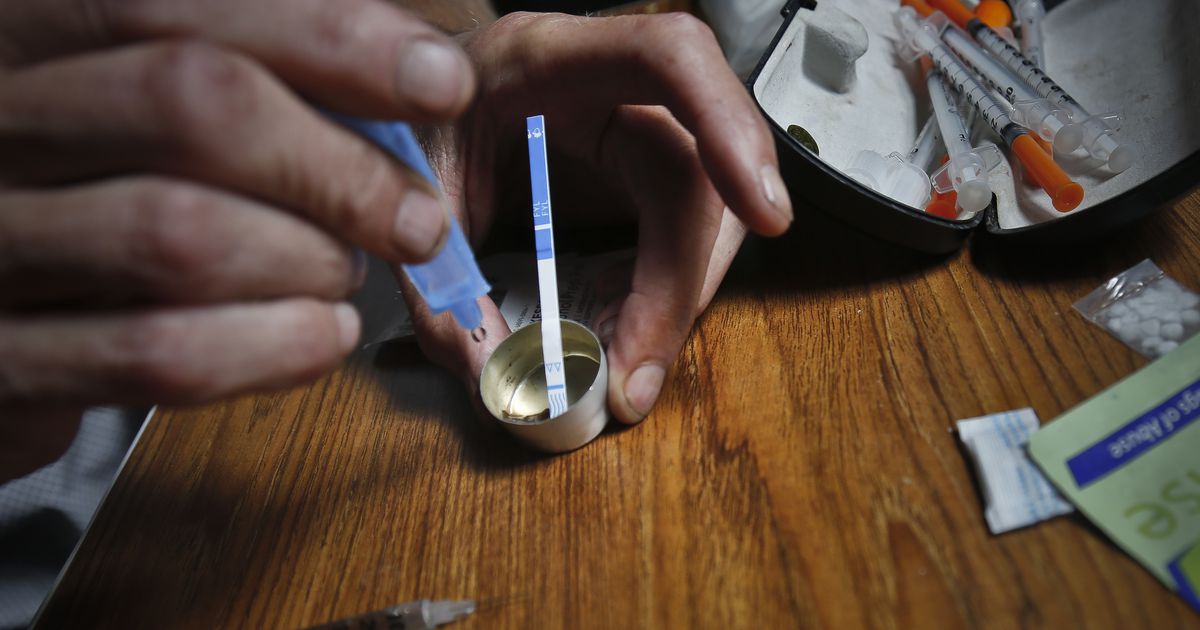Utahns practice harm reduction all the time. We wear sunscreen on the hot summer days or when we take to the mountains to ski. We wear helmets when we bike or climb. And we practice harm reduction for substance use too.
Since 2014, Utah has adopted harm reduction strategies like needle exchange programs, a good Samaritan statute preventing prosecution for those that report overdose and widening access to obtain naloxone without a prescription.
From 2020 to 2023, fatal drug overdose rates remained fairly stable, and have declined overall since 2016, thanks to laws like these. However, fentanyl-involved overdose deaths are on the rise, having increased by 128% from 2019 to 2020 according to Utah Department of Health and Human Services.
In 2023, Utah made fentanyl test strips legal to carry following the harrowing number of fentanyl-related deaths in recent years. We still aren’t doing enough.
New York and Rhode Island have implemented overdose prevention centers, and many other states are considering implementation in the near future. Despite many misconceptions, overdose prevention centers provide a safe, hygienic space to use unlaced drugs. Trained staff members work to prevent and respond to emergencies like overdoses. Staff also educate and promote available treatment programs, health and mental health services, along with other social services.
Strong evidence from Europe, Canada and Australia indicates that these centers reduce HIV and hepatitis C infections, prevent overdose deaths, reduce public injections, reduce shared syringes, lower public syringe disposal and increase the number of people who use drugs entering treatment programs without increasing crime in the neighborhoods in which they reside.
We know this approach to harm reduction works, the evidence is there, yet we refuse to adopt it like we have adopted the others. We drag our feet while people continue to die.
Drue Barker, Salt Lake City




























